What is Inflation?
In our daily life, we hear the word inflation everywhere from newspapers to news channels to the local barber (महंगाई). Everyone talks about inflation, but not many of us actually understand the real meaning of this financial jargon being thrown at us daily.
What does it mean?
In simple words, inflation is the rate at which the prices of goods and services are rising.
For example, if the inflation rate is 5% and currently a cup of coffee cup costs Rs 100 now, then in the coming year it would cost Rs.105. This means that the price increased by 5 rupees.
Now, 5 rupees may not mean much in this example but this number starts becoming significant when we consider bigger purchases. For example in the case of the purchase of a car. A car costing Rs.500,000 today will cost 5,25,000 in one year.
I bet 25k is not easy to ignore!
Negative impact on savings
I am sure you have some money sitting in the bank fixed deposits (FD) right now.
If I ask you how much returns are you generating on that FD, you probably would say 5%, 6% or 7% or whatever the bank rate happens to be.
But is that the real return?
When we consider the growth in savings and the rate of interest at which it is growing, then most of us do not take inflation into consideration. So a saving instrument where the rate of interest is 9% may not be actually giving the actual returns at 9%.
If we take the inflation at 6% into account then the actual return on the instrument will only be 3%, i.e (9%-6%). Let us make it more clear with the help of an example.
If we invest Rs. 100 at the interest rate of 9% in a bond and sell it at the end of the year, we get Rs 109 which can be used to buy goods. Here we are not considering inflation. Now if we consider inflation at 6%. This means that what we can buy today at Rs 100 will cost us Rs 106 in the future.
Now considering the bond example mentioned above with the 9% interest rate, we know that we will get Rs 109 after one year which also means that if we buy the goods for Rs 106, we will have only Rs 3 leftover. This Rs 3 is our actual rate of return.
Your future may be in danger
While calculating the returns on investments some people do not adjust the returns for inflation. Due to that, they actually end up not having enough amount saved for the future and investing in instruments that do not keep pace with inflation.
Inflation is a cost that few people factor into their investing. Once you do, you realize that your savings account is not making you as much as it seems. In fact, it could easily be losing you money.
Let’s take another example where you, at the age of 25 years have expenses of Rs. 25000. You presume that this expense will double 30 years down the line. So you save accordingly, but when you retire 30 years down the line, you realize that your monthly expense has risen to Rs.75000 and not just Rs. 50000.
Why did this happen? It happened because you failed to take into account the 7% to 8% rate of inflation which you should have added to your cost of living.
Here’s how inflation has changed over the years
Courtesy:www.macrotrends.net
As you can see, inflation went up from 4% all the way to 12% between 2001 and 2011 and from there it has been under control.
How is Inflation Measured?
So now we know that inflation affects our cost of living and so are there any measures through which we can find out what inflation is and predict how the prices of the commodities may rise?
There are actually two measures of inflation
- Consumer price index (CPI): The CPI represents the cost of a basket of goods and services across the country on a monthly basis.
- WholeSale Price Index (WPI): An index that measures and tracks the changes in the price of goods in the stages before the retail level. This refers to goods that are sold in bulk and traded between entities or businesses (instead of between consumers).
What to do with inflation?
Now the biggest question that one may ask is how to invest so that the investment will beat the inflation or in other words, how can we find an investment mix which will keep us ahead of inflation while saving.
If you look at the historic data you will find that Equity investment for the long term in good, stable, dividend-paying companies have been the top performers in beating inflation.
Gold has always been a traditional investment option in India. Though Gold holds a proven track record and that whoever buys Gold, he/she probably earn profits out of it. Even if inflation is at its peak, you’ll see that the gold prices increase. Furthermore, you can invest in gold in several ways, such as investing in gold shares, futures, ETFs, etc.
Real Estate is another asset class that will give you good returns over time.
Commodity as an asset class should be included and have been one of the top options to beat inflation.
The FD’s and other fixed-income instruments, though earlier used to be slightly ahead of inflation have been giving negative returns off late so the advice to investors would be not to park the majority of their funds in these instruments.
Another piece of advice to investors will be that whenever you look at an attractive investment option that promises very high returns, do make adjustments for tax and inflation rate and most of the time you will find that the investment option is actually not such a great choice.
What is Inflation?
In our daily life, we hear the word inflation everywhere from newspapers to news channels to the local barber (महंगाई). Everyone talks about inflation, but not many of us actually understand the real meaning of this financial jargon being thrown at us daily.
What does it mean?
In simple words, inflation is the rate at which the prices of goods and services are rising.
For example, if the inflation rate is 5% and currently a cup of coffee cup costs Rs 100 now, then in the coming year it would cost Rs.105. This means that the price increased by 5 rupees.
Now, 5 rupees may not mean much in this example but this number starts becoming significant when we consider bigger purchases. For example in the case of the purchase of a car. A car costing Rs.500,000 today will cost 5,25,000 in one year.
I bet 25k is not easy to ignore!
Negative impact on savings
I am sure you have some money sitting in the bank fixed deposits (FD) right now.
If I ask you how much returns are you generating on that FD, you probably would say 5%, 6% or 7% or whatever the bank rate happens to be.
But is that the real return?
When we consider the growth in savings and the rate of interest at which it is growing, then most of us do not take inflation into consideration. So a saving instrument where the rate of interest is 9% may not be actually giving the actual returns at 9%.
If we take the inflation at 6% into account then the actual return on the instrument will only be 3%, i.e (9%-6%). Let us make it more clear with the help of an example.
If we invest Rs. 100 at the interest rate of 9% in a bond and sell it at the end of the year, we get Rs 109 which can be used to buy goods. Here we are not considering inflation. Now if we consider inflation at 6%. This means that what we can buy today at Rs 100 will cost us Rs 106 in the future.
Now considering the bond example mentioned above with the 9% interest rate, we know that we will get Rs 109 after one year which also means that if we buy the goods for Rs 106, we will have only Rs 3 leftover. This Rs 3 is our actual rate of return.
Your future may be in danger
While calculating the returns on investments some people do not adjust the returns for inflation. Due to that, they actually end up not having enough amount saved for the future and investing in instruments that do not keep pace with inflation.
Inflation is a cost that few people factor into their investing. Once you do, you realize that your savings account is not making you as much as it seems. In fact, it could easily be losing you money.
Let’s take another example where you, at the age of 25 years have expenses of Rs. 25000. You presume that this expense will double 30 years down the line. So you save accordingly, but when you retire 30 years down the line, you realize that your monthly expense has risen to Rs.75000 and not just Rs. 50000.
Why did this happen? It happened because you failed to take into account the 7% to 8% rate of inflation which you should have added to your cost of living.
Here’s how inflation has changed over the years
Courtesy:www.macrotrends.net
As you can see, inflation went up from 4% all the way to 12% between 2001 and 2011 and from there it has been under control.
How is Inflation Measured?
So now we know that inflation affects our cost of living and so are there any measures through which we can find out what inflation is and predict how the prices of the commodities may rise?
There are actually two measures of inflation
- Consumer price index (CPI): The CPI represents the cost of a basket of goods and services across the country on a monthly basis.
- WholeSale Price Index (WPI): An index that measures and tracks the changes in the price of goods in the stages before the retail level. This refers to goods that are sold in bulk and traded between entities or businesses (instead of between consumers).
What to do with inflation?
Now the biggest question that one may ask is how to invest so that the investment will beat the inflation or in other words, how can we find an investment mix which will keep us ahead of inflation while saving.
If you look at the historic data you will find that Equity investment for the long term in good, stable, dividend-paying companies have been the top performers in beating inflation.
Gold has always been a traditional investment option in India. Though Gold holds a proven track record and that whoever buys Gold, he/she probably earn profits out of it. Even if inflation is at its peak, you’ll see that the gold prices increase. Furthermore, you can invest in gold in several ways, such as investing in gold shares, futures, ETFs, etc.
Real Estate is another asset class that will give you good returns over time.
Commodity as an asset class should be included and have been one of the top options to beat inflation.
The FD’s and other fixed-income instruments, though earlier used to be slightly ahead of inflation have been giving negative returns off late so the advice to investors would be not to park the majority of their funds in these instruments.
Another piece of advice to investors will be that whenever you look at an attractive investment option that promises very high returns, do make adjustments for tax and inflation rate and most of the time you will find that the investment option is actually not such a great choice.

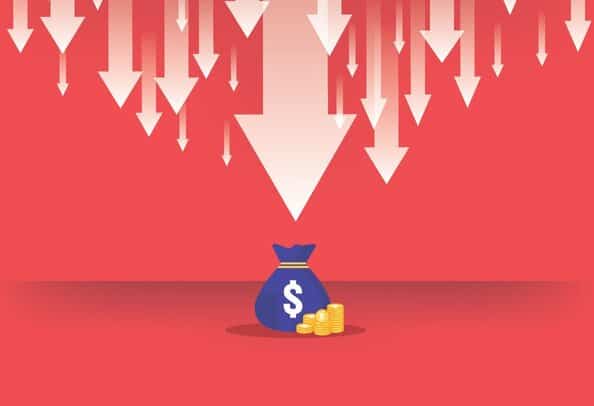
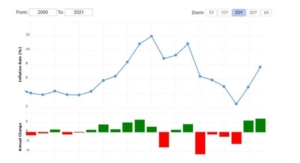
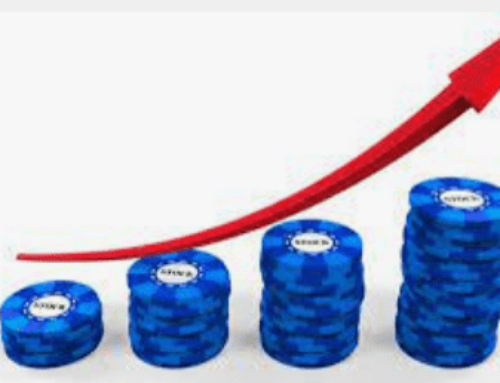


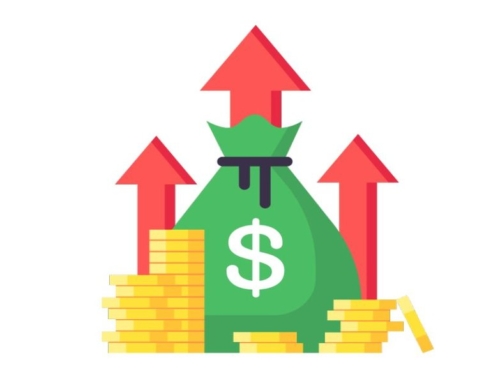
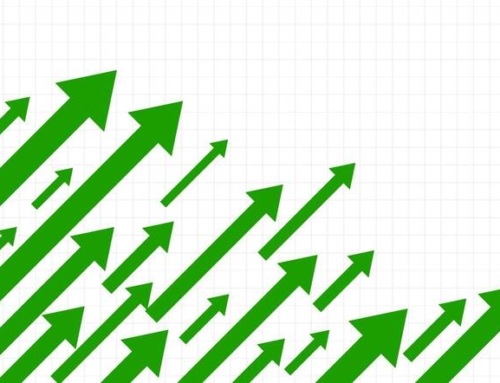

Leave A Comment